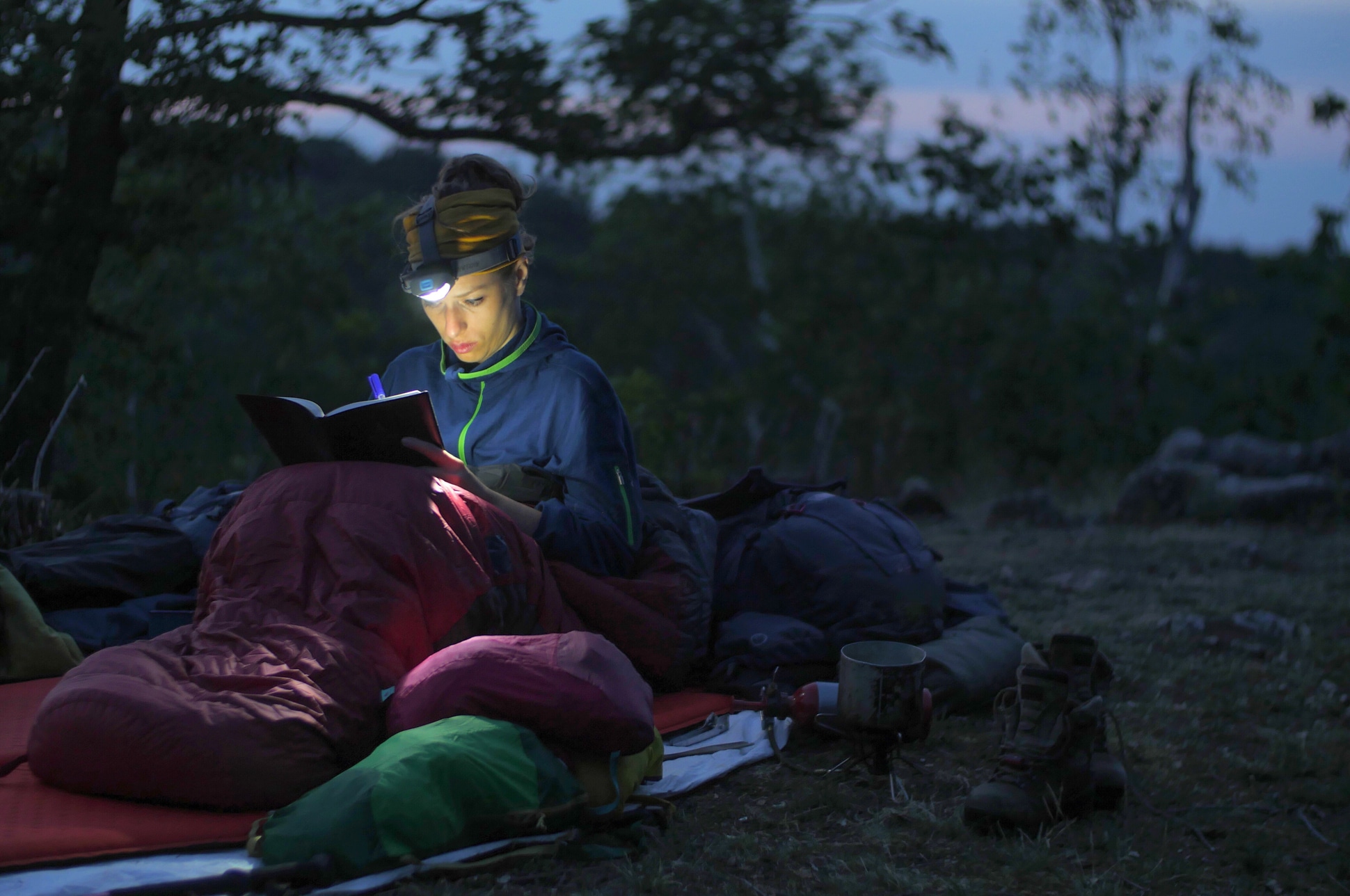How can you effectively use a solar-power setup for your camping trip in remote Scottish isles?

The Scottish isles are a haven for the intrepid explorer, teeming with rugged landscapes, captivating wildlife, and an abundance of secluded spots perfect for a camping trip. However, bracing the wilderness often means forgoing some of the comforts of home, like a reliable power source. But what if you could bring your power with you? With the advent of solar technology, this is now a feasible reality. If you're planning an awe-inspiring trip to Scotland's remote isles in a campervan or motorhome, a solar power setup might be the best solution for your energy needs. This guide will offer practical tips on how to make the most of solar power during your wild camping adventure.
Identifying the Best Solar Power Setup for Your Motorhome
The first step in harnessing solar power for your trip is understanding which system is best suited to your needs. This will hinge on a range of factors, from the size of your van to the duration of your trip and your energy consumption habits.
Sujet a lire : What are the best light-weight binoculars for birdwatching during camping trips in UK National Parks?
Motorhomes and campervans vary in size, and the available surface area for solar panels will consequently differ. Compact campervans may only accommodate smaller solar panels, while larger motorhomes can house more extensive setups. It's crucial to measure the space available on the roof of your vehicle before purchasing a solar panel.
The duration of your trip and your power needs will also significantly impact the type of solar power setup you should opt for. If you're going on a short weekend trip and only need power for charging devices and running a few lights, a smaller setup may suffice. However, for longer trips or if you plan to run large appliances like a refrigerator, you'll need a more robust system.
Avez-vous vu cela : What are the safety measures for camping near cliffs and rocky shores in the UK?
Remember, the Scottish weather can be unpredictable, and there will be days where the solar intake will be less effective. Having a battery bank to store excess power for these occasions is highly recommended.
Planning Your Route and Camping Spots to Maximize Solar Intake
Scotland offers a plethora of picturesque routes and camping spots, but not all will be ideal for maximizing your solar power intake. Your route planning should consider the direction and intensity of sunlight and the availability of open spaces for solar exposure.
The west coast of Scotland, for example, receives a high amount of sunlight, making it an excellent choice for your camping trip. While there, you may want to explore the spectacular isles of Skye or Mull, both of which offer plenty of open spaces for your van to bask in the sun.
When choosing your camping spot for the day, look for areas that receive ample sunlight, away from heavy tree cover or tall buildings. Remember to tilt your panels towards the sun for optimum power absorption.
Efficient Use of Solar Power
Once your solar setup is in place and you're soaking up the sun along Scotland's beautiful coast, it's important to make the most of your harvested power. This will entail careful monitoring of your power consumption and the efficient use of appliances.
One way to conserve energy is by using LED lights in your van. They consume significantly less power than regular bulbs, making them an effective way to stretch your power reserves. Additionally, consider investing in energy-efficient appliances, which are designed to use as little power as possible.
Furthermore, keep a close eye on your power usage, especially if you're off-grid for a prolonged period. Keep track of the energy consumed by each device and unplug them when not in use. Your solar setup will only be as effective as your power management.
Incorporating a Water System into Your Solar Setup
A well-rounded camping experience should not only include a reliable power source but also a sufficient water supply. Incorporating a water system into your solar setup can provide a convenient solution for your water needs.
Solar water heaters have become increasingly popular in recent years and can be the perfect addition to your camping setup. These systems harness the sun's heat to warm up water, a useful feature for warming up on those chilly Scottish nights.
Many solar setups also include a water filtration system, which allows for the safe consumption of water from natural sources. This is especially beneficial when camping in remote areas of the Scottish isles where tap water may not be readily available.
Preparing for the Unexpected: Backup Power
No matter how well you plan, unexpected situations can arise when you're out in the wild. Whether it's a sudden bout of rainy weather reducing your solar intake or a malfunction in your setup, having a backup power source is essential for a stress-free trip.
Consider bringing along a portable power bank. These can provide a valuable power boost when needed and are especially useful for charging smaller devices like phones and laptops.
Lastly, bear in mind the importance of regular maintenance of your solar setup. Regular cleaning and inspections will ensure it functions optimally throughout your trip. This is particularly important in a place like Scotland, where the weather can change in a heartbeat.
Remember, the key to making the most of your solar camping experience in Scotland is careful planning, efficient power use, and a willingness to adapt. Happy travels!
Harnessing the Power of Solar Generators
Harnessing the abundant solar energy during your wild camping trip in the Scottish isles involves more than just installing solar panels on your motorhome. Portable solar generators are a fantastic addition to your setup. They are compact, easy to transport, and can store a significant amount of energy to power your devices and appliances.
Solar generators work by converting sunlight directly into electricity using photovoltaic cells. The electricity produced is stored in a battery for later use. It's a simple, clean and quiet process, with no harmful emissions or noise pollution - perfect for a serene retreat in nature.
There are several types of solar generators available on the market, each with its unique features. When choosing a solar generator, consider the power output, battery capacity, and overall size and weight. Ideally, your generator should be able to supply enough power for all your needs, from charging your phone and laptop to running your refrigerator and other appliances.
Remember, the efficiency of your solar generator largely depends on the amount of sunlight it gets. Regularly adjust the position of your panels and generator to follow the sun's path and maximise exposure. Be mindful of the shadows from trees, hills, or your motorhome that might obstruct sunlight.
Additionally, it's worth noting that even on cloudy days, solar panels and generators can still produce power, albeit at a reduced rate. Thus, even in unpredictable Scottish weather, your solar generator can provide a valid source of power at any valid time.
Backup Power: A Must-Have for every Wild Camping Trip
The beauty of wild camping lies in its unpredictability. And sometimes, this unpredictability can throw a spanner in the works, especially when it comes to power supply. Despite meticulous planning and efficient use of solar power, there could be instances where your power needs exceed your solar setup's capacity. This is where a backup power source comes into play.
Portable power banks are a lifesaver in such situations. They are compact, lightweight, and can be charged at home before your trip. You can then use them to recharge your devices when your solar system is not generating enough power. These power banks come in various sizes and capacities, some capable of charging larger devices like laptops and tablets.
Beyond portable power banks, consider investing in a gas-powered generator. Compared to solar generators, gas generators provide a consistent power source regardless of the weather conditions. However, they do produce noise and emit carbon dioxide, so they should only be used as a last resort when your solar system and power bank are insufficient.
Before setting off on your trip, ensure all your power sources - solar panels, solar generator, and backup power bank or gas generator - are in top-notch condition. Regular maintenance is a small price to pay for a stress-free wild camping experience on the stunning North Coast of Scotland.
In conclusion, a successful wild camping trip in the remote Scottish isles powered by solar energy requires meticulous planning. This includes choosing the right solar setup, planning your route and camping spots, efficiently using the harvested power, and preparing for unexpected situations with a backup power source. But the reward is a unique, sustainable adventure that brings you closer to nature while providing the comforts of home. Here's to your next solar-powered road trip in Scotland! Enjoy the journey, and don't forget to take care of the beautiful landscapes that you'll call home for a while. Happy camping!
